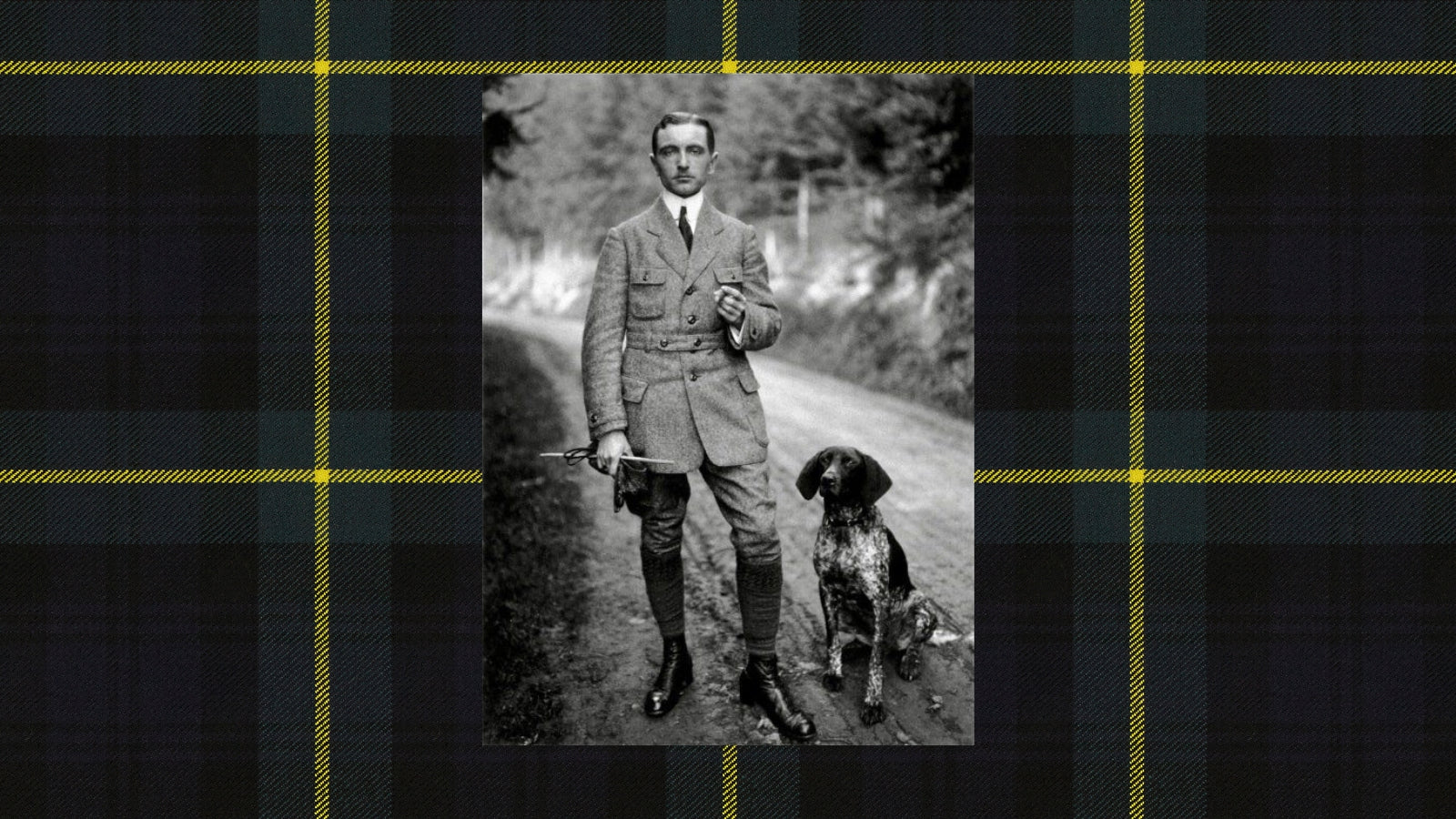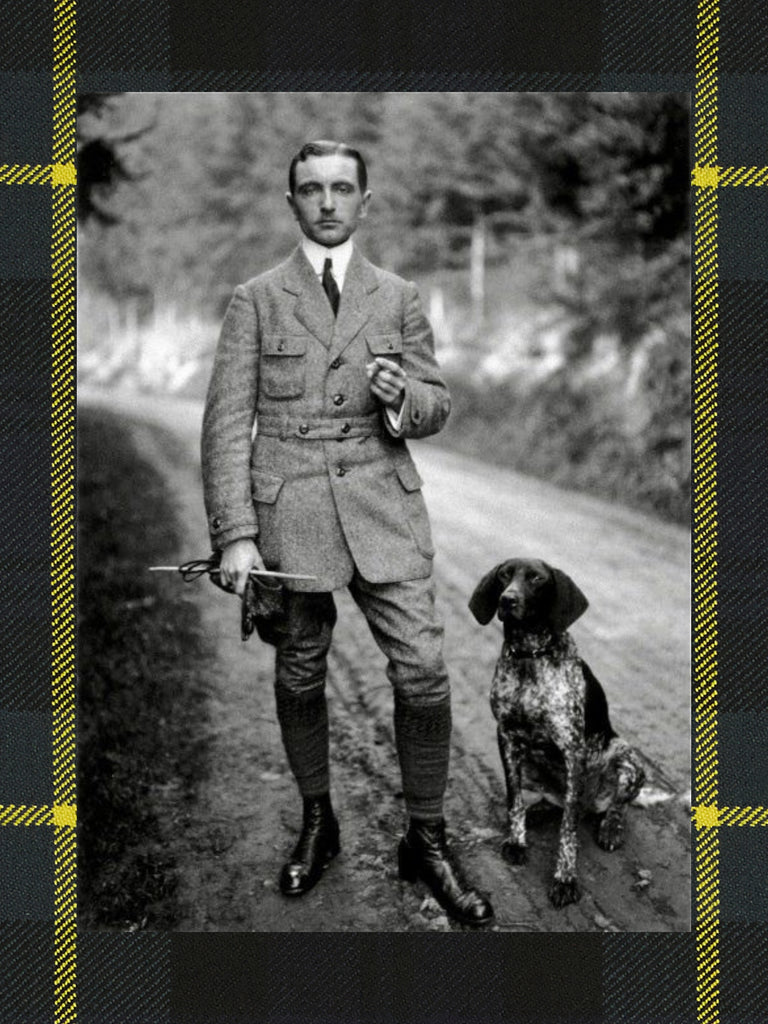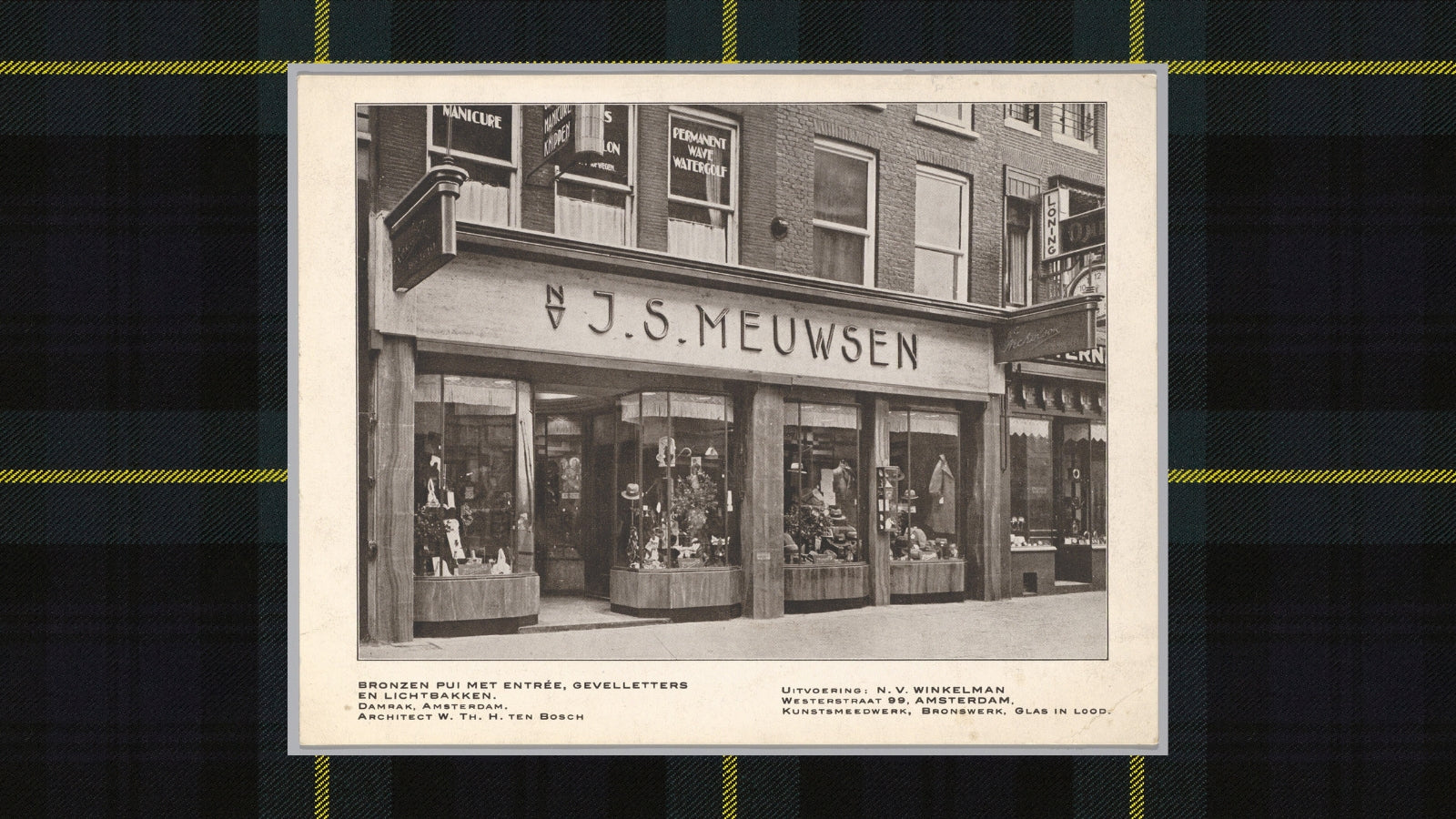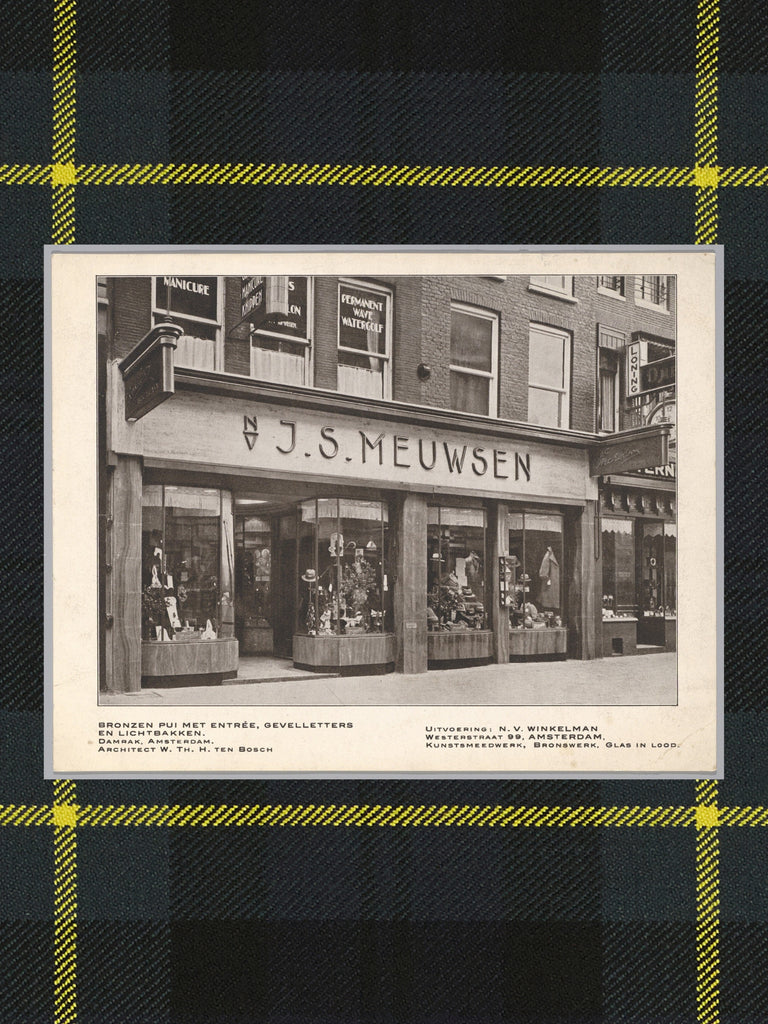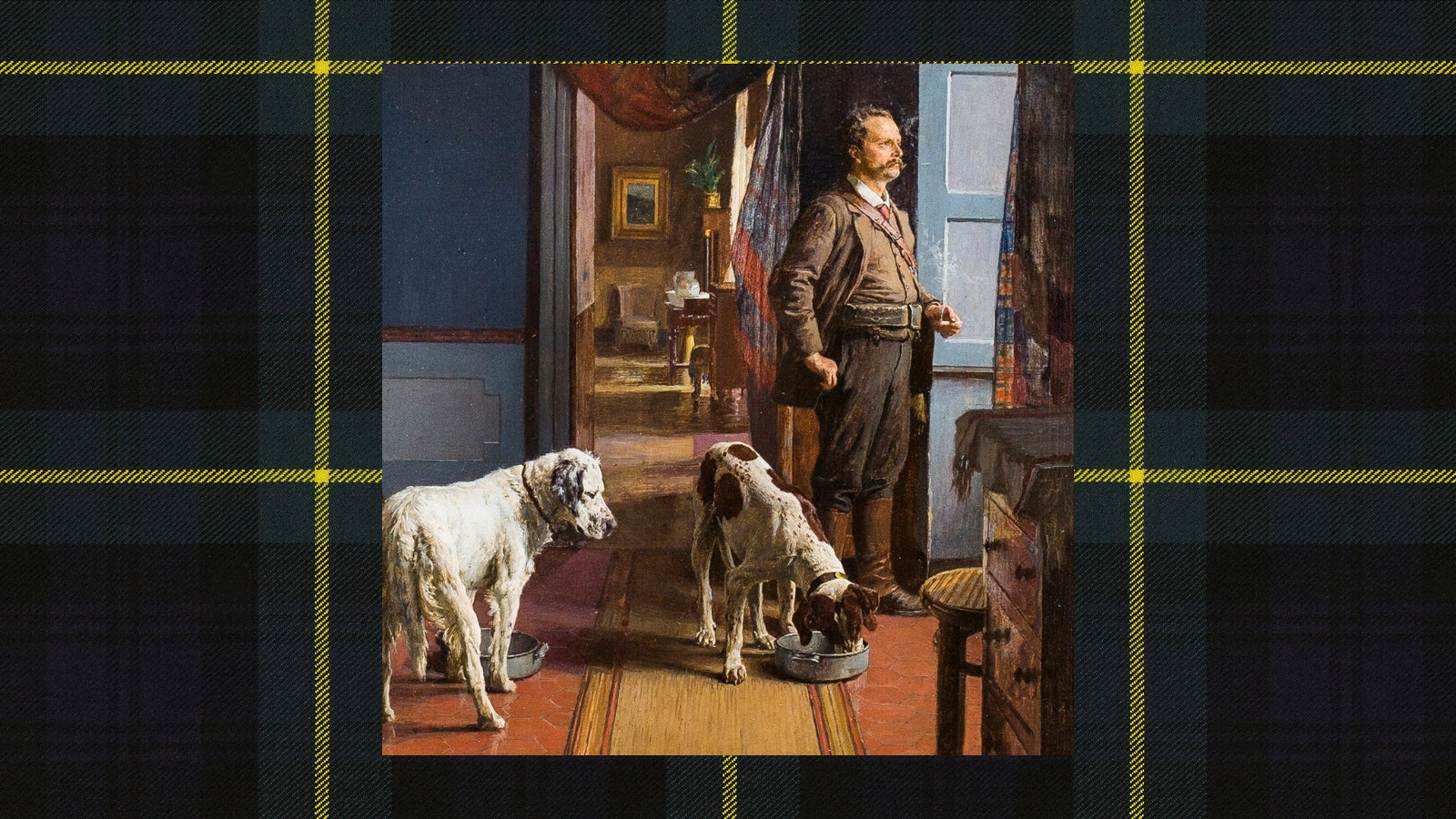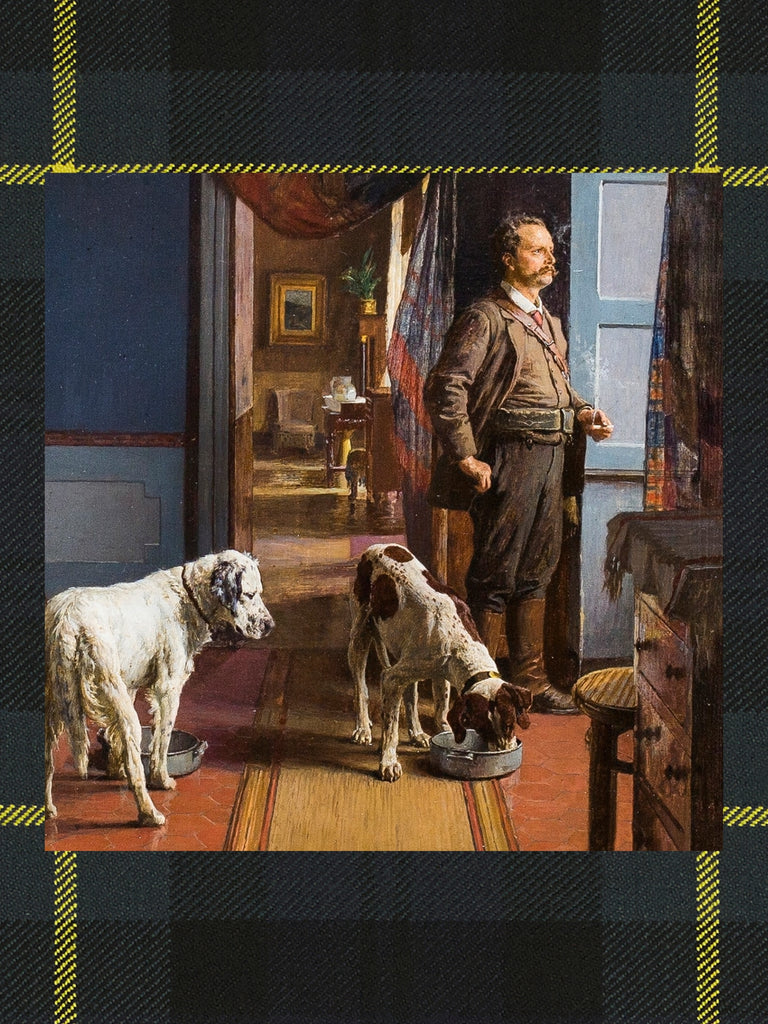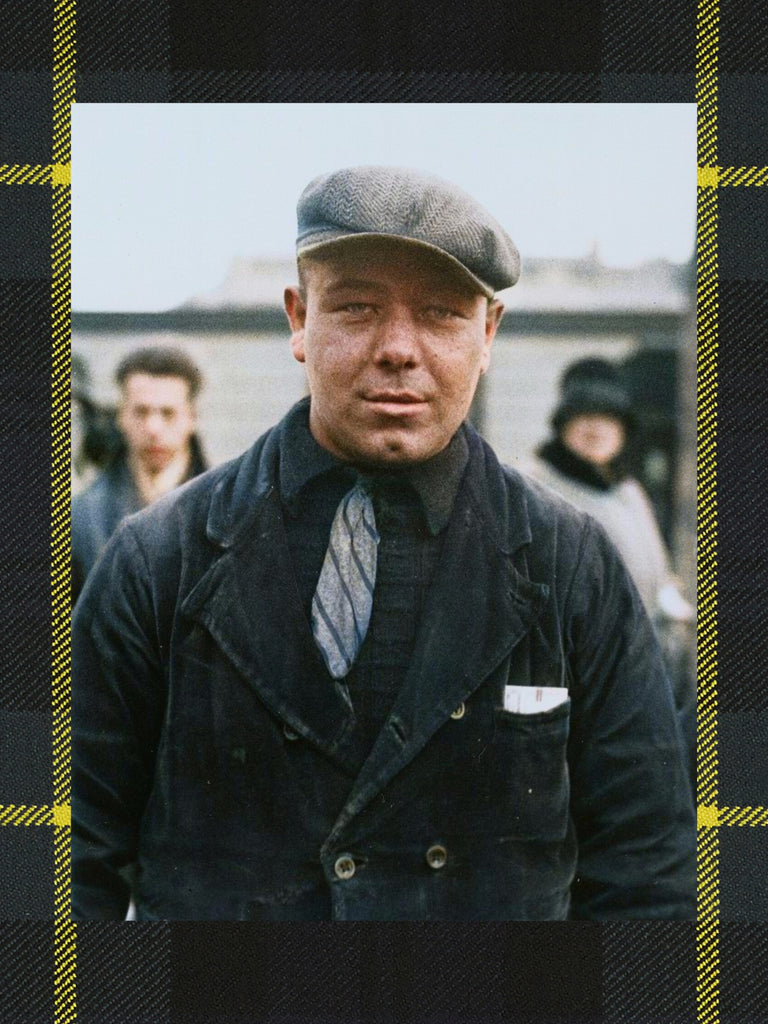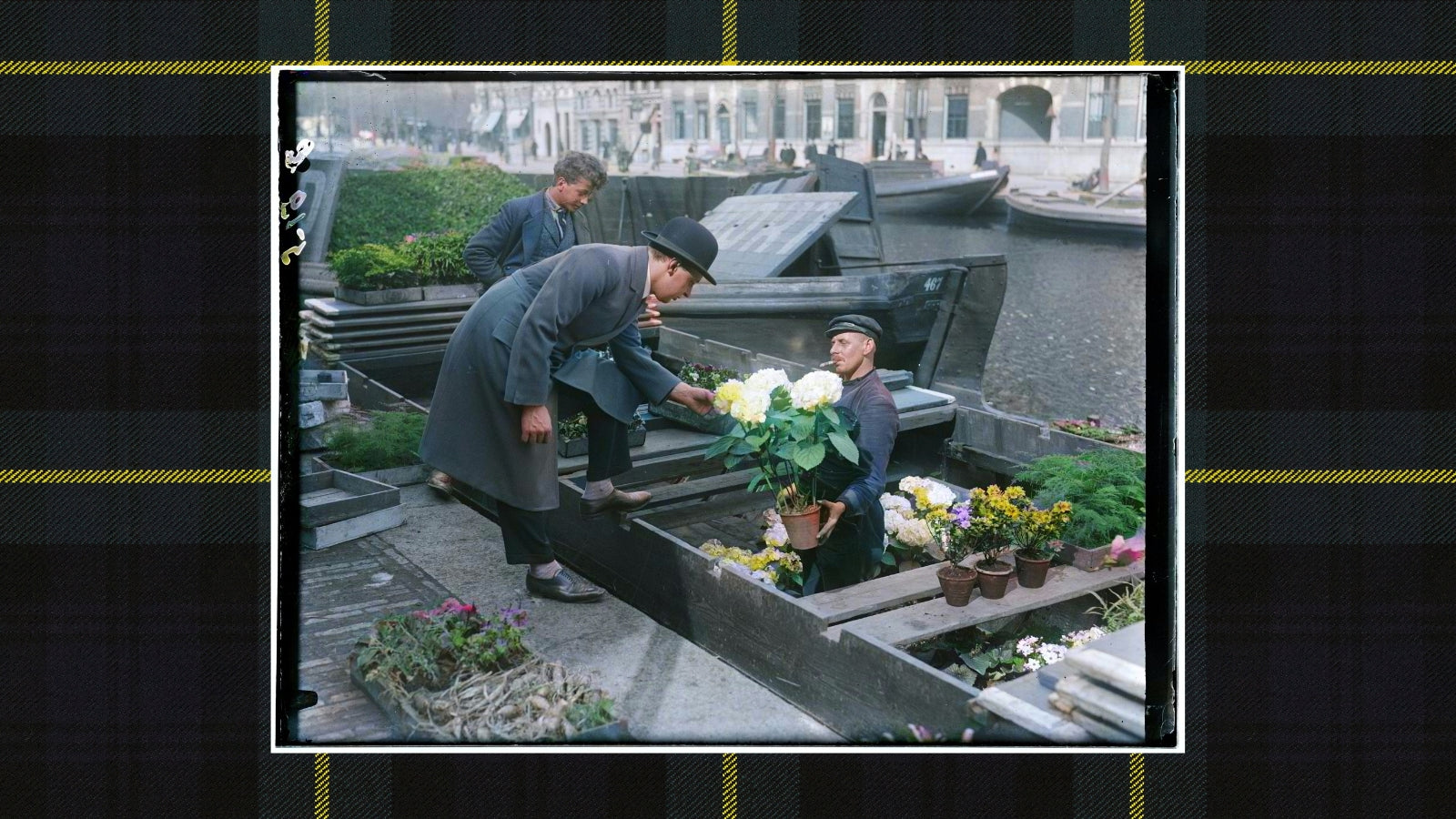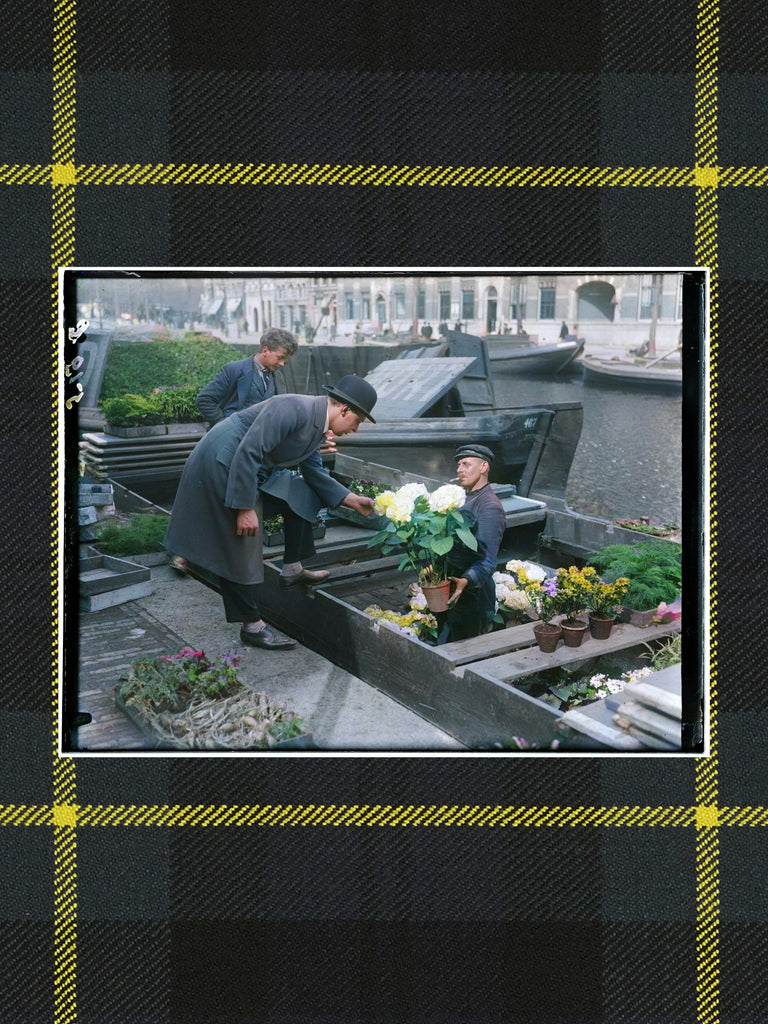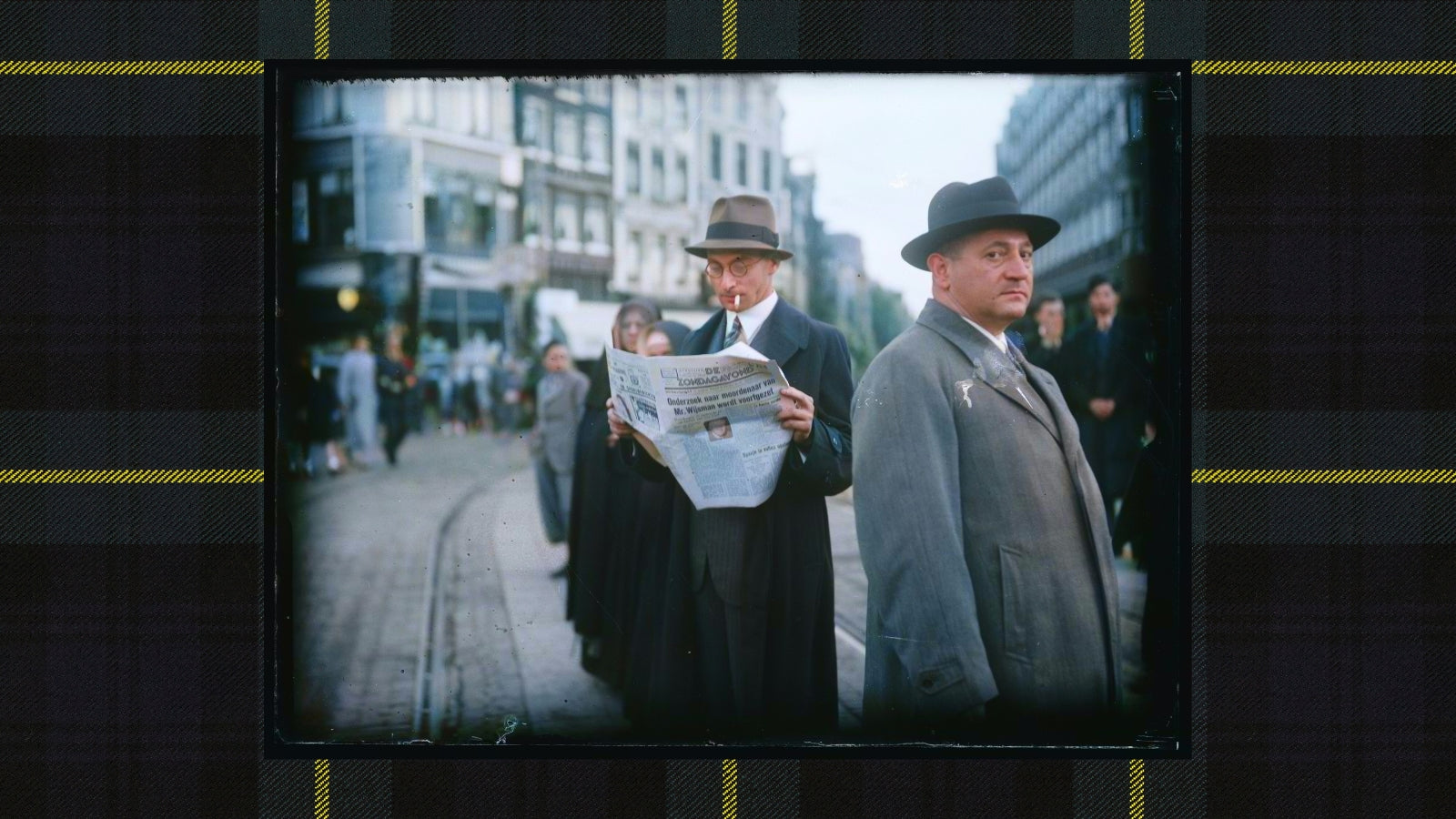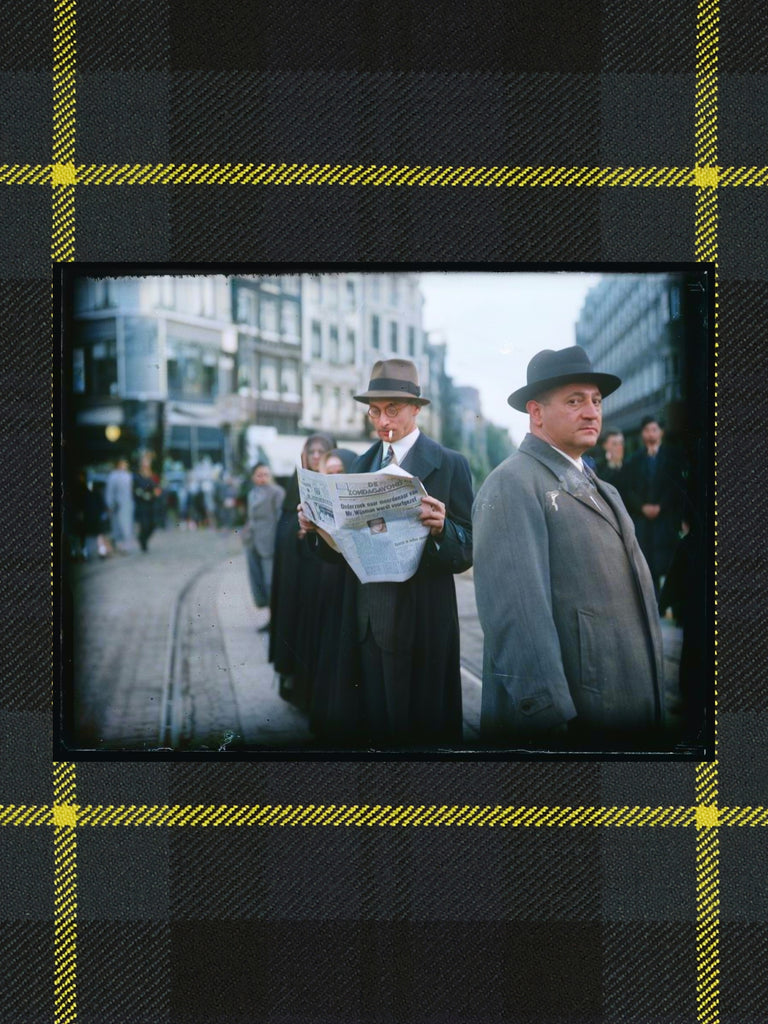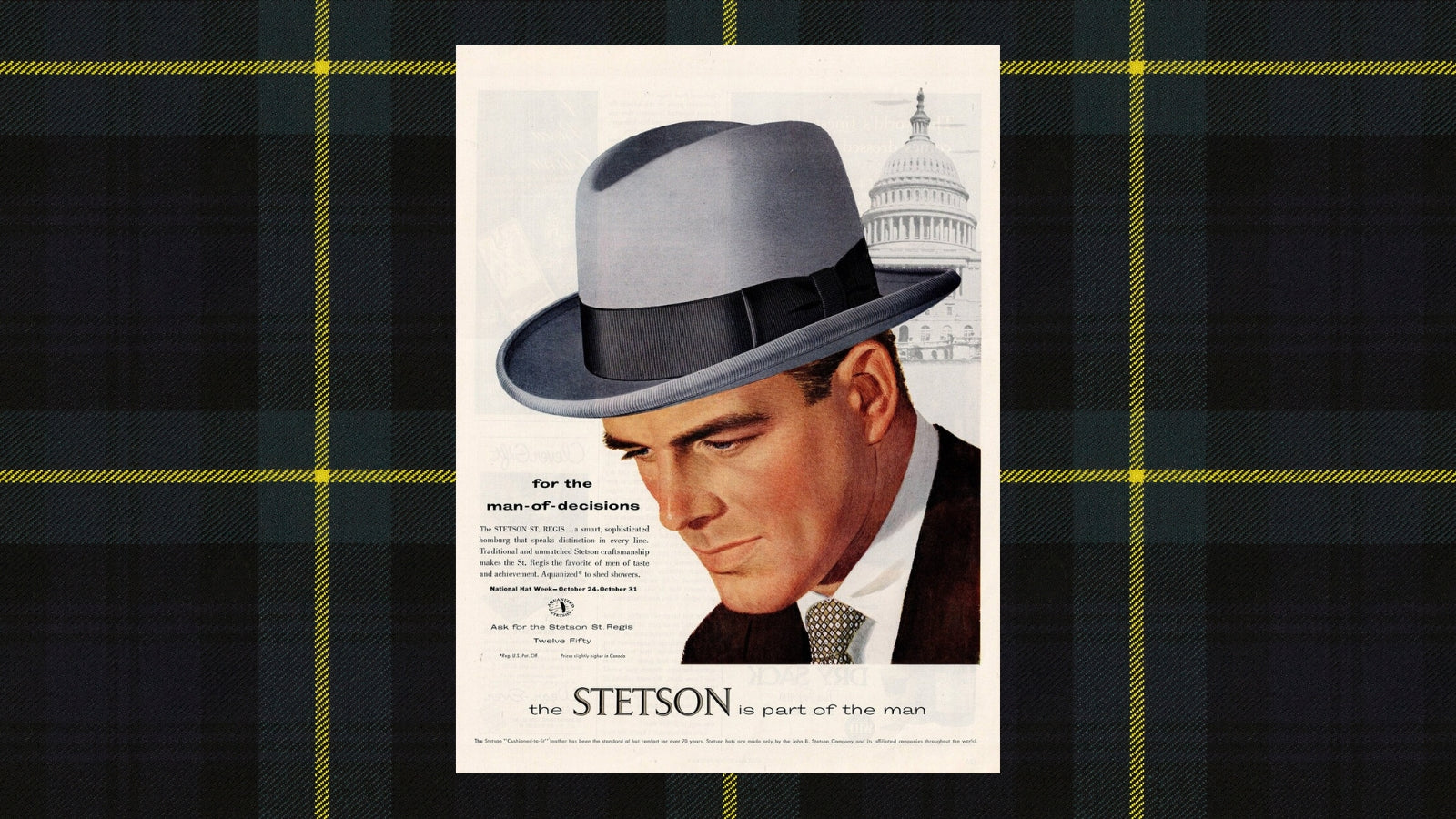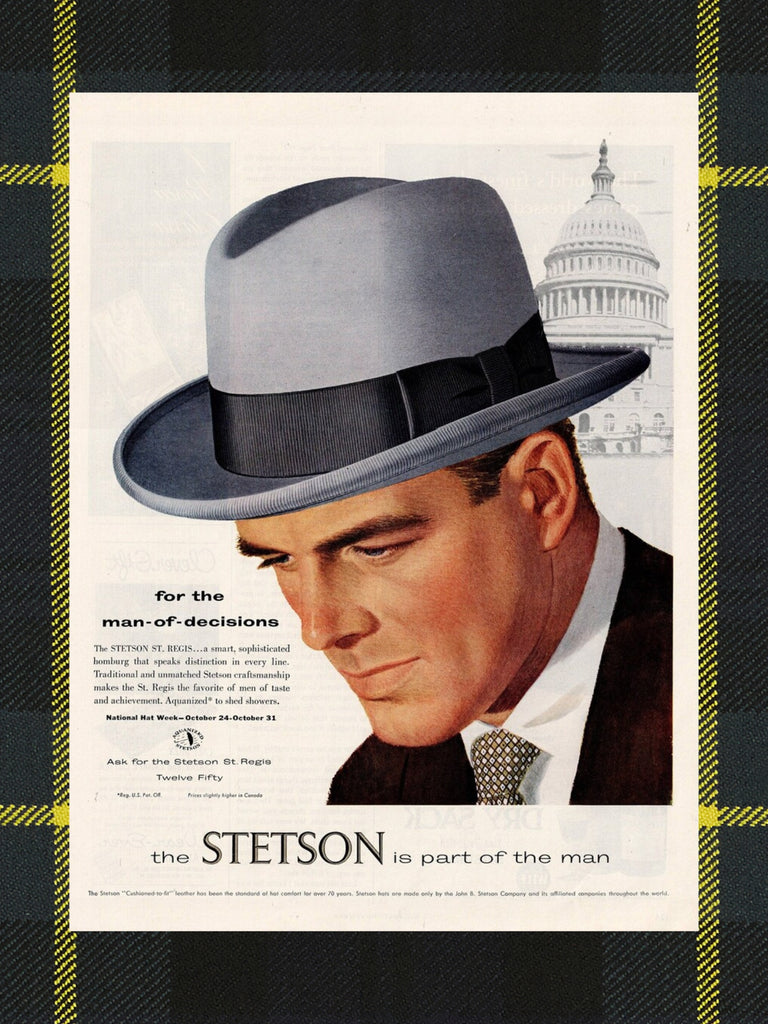1880
Comfortable and Stylish
When we speak of The English Hatter, we begin with the roots of the English Country Style - even though it wasn’t until after the Second World War that The English Hatter fully embraced this style. That shift was born out ofnecessity, as the original core business - hats and caps - became less and less profitable.
The English Country Style emerged in the 19th and early 20th centuries, when wealthy Britons began retreating to the countryside for leisure. Members of the upper class would head out for sporting events, often hosted by theowners of English country estates. A bit of hunting, a bit of horseback riding - that sort of thing. It called for comfortable clothing, but of course it had to stand apart from the garb of farmers and country folk. Comfortable, but also stylish.
Over the past 150 years, that style has evolved into the perfect foundation for the 21st-century gentleman’s wardrobe. Comfortable, stylish, and untouched by fleeting trends.
Or, as we like to call it at The English Hatter: slow fashion.
1935
Gerard Reeser Takes the Leap
In Amsterdam in 1935, hats and caps were in high demand. So after 26 years of loyal service at hoedenmagazijn Meuwsen, Gerard Reeser decided to start his own business. With financial backing from tea trader Abraham Cijfer, The English Hatter opened its doors on May 8, 1935, at Heiligeweg 40 in Amsterdam.
At the time, no man would leave the house without a hat. And despite the many hat shops in Amsterdam’s citycentre, there was still room for a store that offered imported hats and caps from England.In addition, custom-made hats were produced in the workshop located just behind the shop.
A Headpiece for Everyone
In 1935, your choice of headwear largely reflected your place in society. Labourers
and tradesmen wore caps, while office workers and gentlemen wore hats - as seen in the photo on the left, where a transaction takes place at the flower market on Amsterdam’s Singel. Just around the corner at The English Hatter, everyone - then and now - was welcome and well served.
It’s striking that the man in the hat with the newspaper (pictured under the heading Style) looks undeniably elegant, yet in 2025 would certainly stand out at a tram stop in Amsterdam. Meanwhile, the young man in the corduroy jacket and cap (above) could easily pass for a barista at the latest trendy coffee bar.
Style
The English Hatter began in 1935 as a hat shop. At the time, Amsterdam had countless hat shops - a man simply wouldn’t leave the house without headwear.But when we look at photos of Amsterdam in 1935, something else stands out: it wasn’t just the hats people paid attention to. The city centre was filled with people who clearly cared about their appearance. We have to admit, albeit reluctantly: ninety years ago, people did look just a touch more stylish.
1942
What’s in a Name
Although The English Hatter celebrates its 90th anniversary in 2025, the store hasn’t always operated under the same name. From 1942 until the end of the war, the German occupiers apparently found a store name referencing England less appropriate. Suddenly, the sign above the door read Reeser’s Heerenmode. “What’s in a name,” one might say. But the store’s Jewish partner, Abraham Cijfer, also disappeared - officially noted as “temporarily relieved of duty.” It wasn’t until 1946 that the original name was restored, and Cijfer returned to the company.
1945
Craftsmanship
After the Second World War, American products became immensely popular. A prime example? The Stetson. But could a respected importer of English hats and caps also sell American headwear? Of course. It’s not about where a hat is made - it’s about whether it meets our standards of quality. And the Stetson - much like the Italian Borsalino - was crafted with care in 1946, and still is in 2025.


